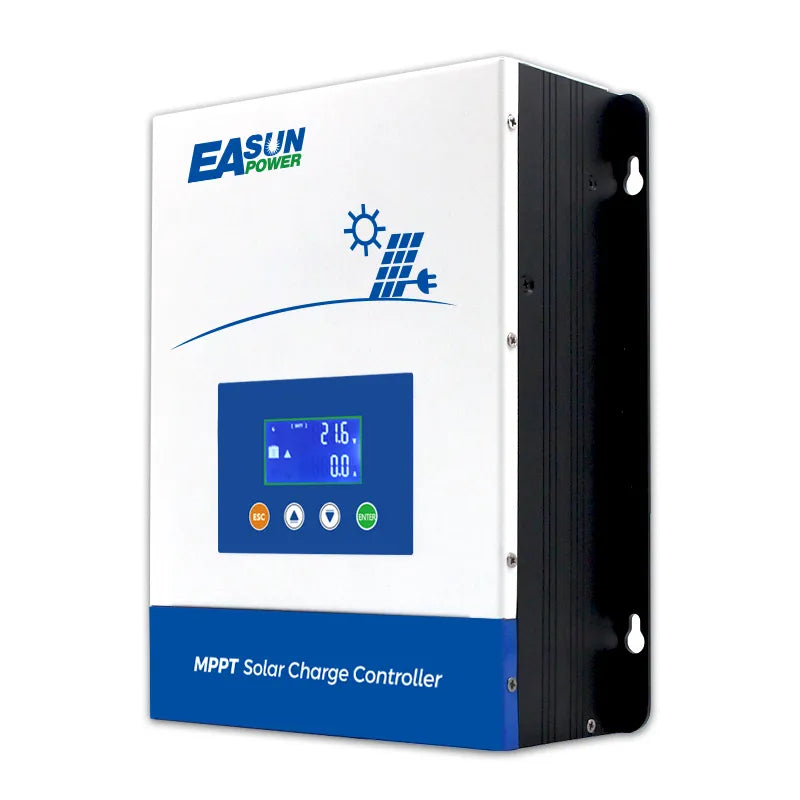When it comes to optimizing solar charging, understanding the differences between PWM (Pulse Width Modulation) and MPPT (Maximum Power Point Tracking) solar charge controllers is crucial. This knowledge can significantly impact the efficiency of your solar energy system. In this article, we will delve into the characteristics of each type of controller, helping you make an informed decision.

What is PWM?
PWM solar charge controllers are the simpler of the two options. They work by rapidly switching the connection between the solar panel and the battery on and off. This method allows the controller to regulate the voltage and current flowing into the battery. While PWM controllers are generally less expensive and easier to install, they may not be as efficient as MPPT controllers, especially in low-light conditions.
Understanding MPPT Technology
MPPT solar charge controllers, on the other hand, are designed to maximize the energy harvested from solar panels. They continuously adjust the electrical operating point of the modules to ensure that they are always working at their maximum efficiency. This technology is particularly beneficial in scenarios where the solar panels are exposed to varying sunlight conditions. As a result, MPPT controllers can provide up to 30% more energy compared to PWM controllers.
Key Differences Between PWM and MPPT
- Efficiency: MPPT controllers are more efficient, especially in low-light conditions.
- Cost: PWM controllers are generally less expensive than MPPT controllers.
- Complexity: MPPT systems are more complex and may require additional setup.
- Battery Compatibility: MPPT controllers can handle a wider range of battery types and voltages.
Choosing the Right Controller for Your Needs
When optimizing solar charging, the choice between PWM and MPPT largely depends on your specific requirements. If you are operating on a tight budget and have a smaller solar setup, a PWM controller may suffice. However, if you are looking to maximize your energy output and have a larger system, investing in an MPPT controller is advisable.
In conclusion, understanding the differences between PWM and MPPT solar charge controllers is essential for anyone looking to optimize their solar energy system. By considering factors such as efficiency, cost, and complexity, you can make an informed decision that best suits your needs. For more detailed insights, you can visit this comprehensive guide.







